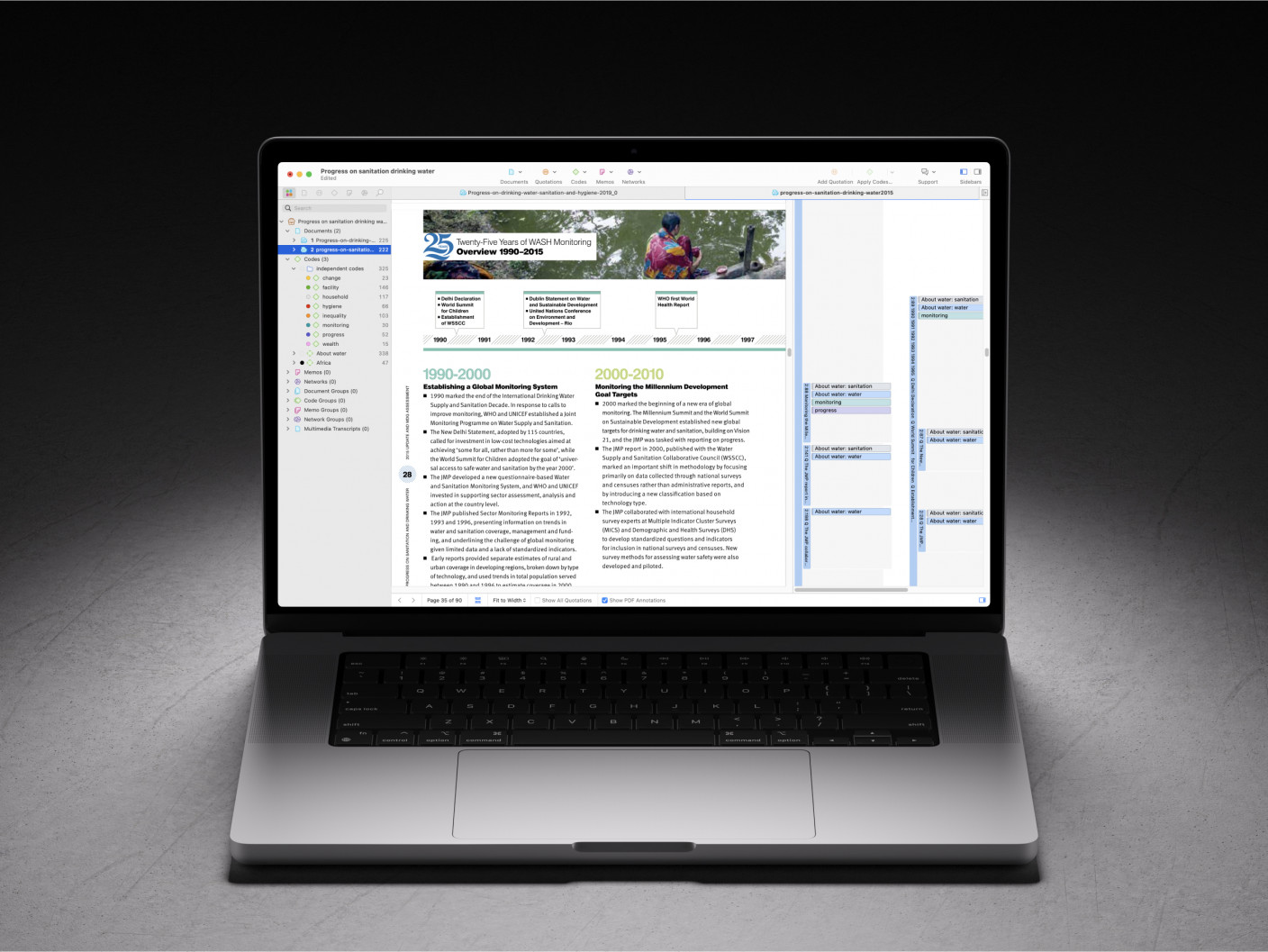- Handling qualitative data
- Transcripts
- Field notes
- Memos
- Survey data and responses
- Visual and audio data
- Data organization
- Data coding
- Coding frame
- Auto and smart coding
- Organizing codes
- Qualitative data analysis
- Content analysis
- Thematic analysis
- Narrative research
- Phenomenological research
- Discourse analysis
- Grounded theory
- Deductive reasoning
- Inductive reasoning
- Inductive vs. deductive reasoning
- Qualitative data interpretation
- Qualitative data analysis software
- How to cite "The Ultimate Guide to Qualitative Research - Part 2"
- Thematic analysis vs. content analysis
Qualitative analysis software
Qualitative analysis looks into people's behavior by examining many artifacts and utterances. To be sure, researchers still talk about the days of manually sifting through printed pages by hand to analyze qualitative data. However, qualitative software supports contemporary researchers today by providing qualitative data analysis (QDA) tools to help us with our research.

Challenges of qualitative research
Today, it can be hard to imagine a time when qualitative research, particularly in the social sciences, was a very analog, very manual process. These days, analyzing qualitative data is often accomplished through software, but it's essential to examine how we got here.
Researchers would talk about the old days of having dozens or hundreds of pages of data scattered on a floor in their living space as they organized their documents in a form that facilitated data analysis. Coding qualitative data would involve a highlighter or sticky notes to represent themes visually. In many research projects, the most advanced technology would often be a printer or a photocopier to commit data to a physical form.

Times have changed as the needs of qualitative researchers have evolved. Qualitative customer data can involve thousands or even tens of thousands of records of customer feedback and purchase history. In contrast, qualitative and mixed methods research have since highlighted the importance of statistical analysis in once-purely qualitative disciplines.
As the scope of qualitative data expands in breadth and depth, the challenges of analyzing all this information to make informed decisions require an intuitive interface to facilitate the research process. Let's look at some reasons why this is the case.
Data management difficulties
One of the significant challenges researchers face when conducting qualitative research is the management of large amounts of data. This issue is often compounded by the diverse nature of qualitative data, including interview transcripts, field notes, images, and audio and video files.
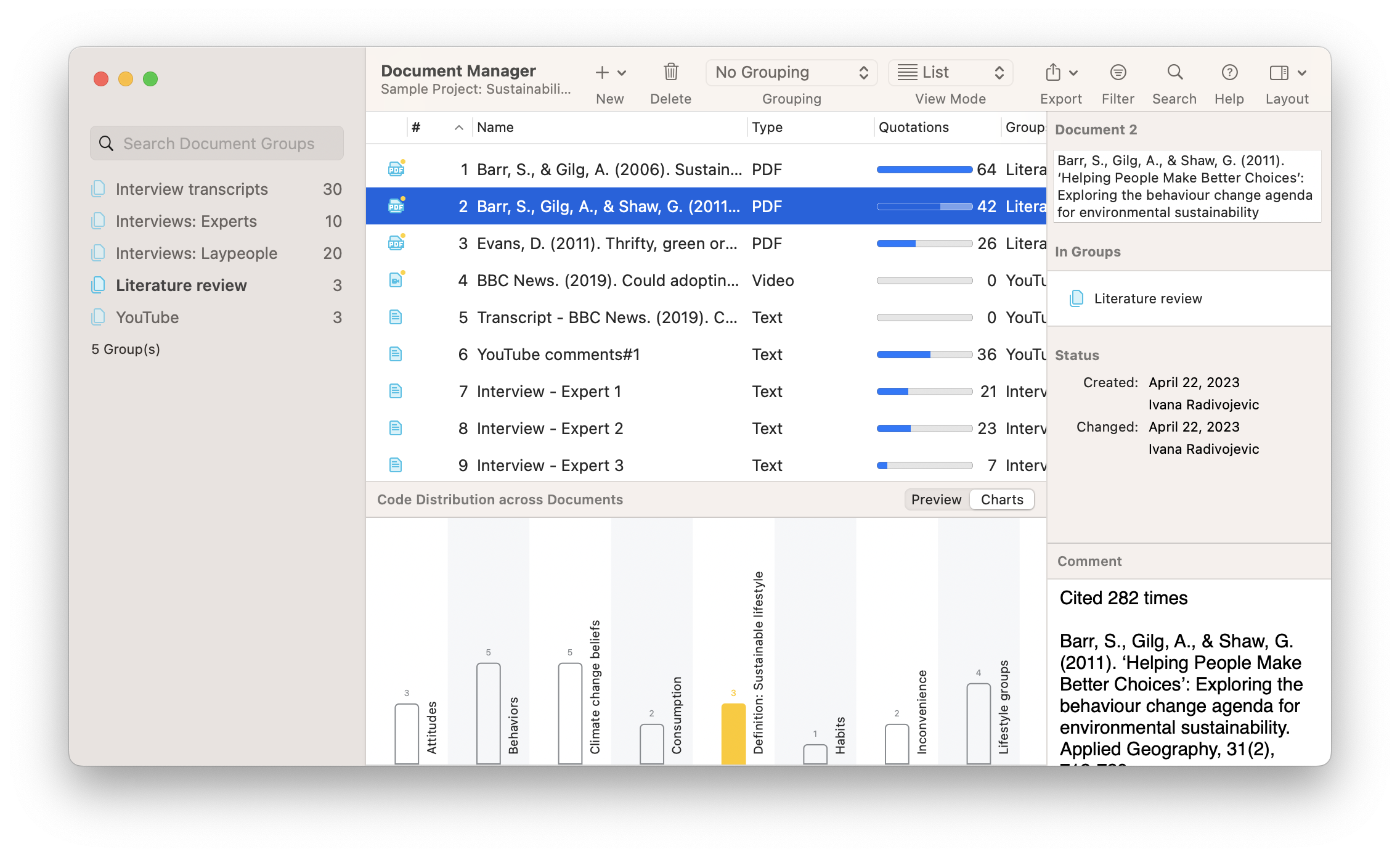
The data volume and its unstructured nature can make it hard for researchers to organize, manage, and track information systematically. QDA software offers powerful data management tools to handle large volumes of unstructured data. It provides functionalities to categorize, code, and annotate data efficiently, facilitating easier retrieval and organization of data.
Time and resource constraints
Qualitative research analysis can be time-consuming, especially when manually coding and categorizing data. The process can be labor-intensive and requires repeated data readings to ensure comprehensive understanding and coding accuracy.

QDA software provides solutions to this problem by streamlining coding and categorization processes. Advanced qualitative data analysis software even includes automatic coding features based on machine learning and artificial intelligence to expedite data analysis and interpretation.
Complexity of ensuring trustworthiness
Ensuring the trustworthiness or credibility of qualitative research is crucial yet challenging. The subjective nature of data interpretation often leads to concerns about the consistency of data coding and theme generation.
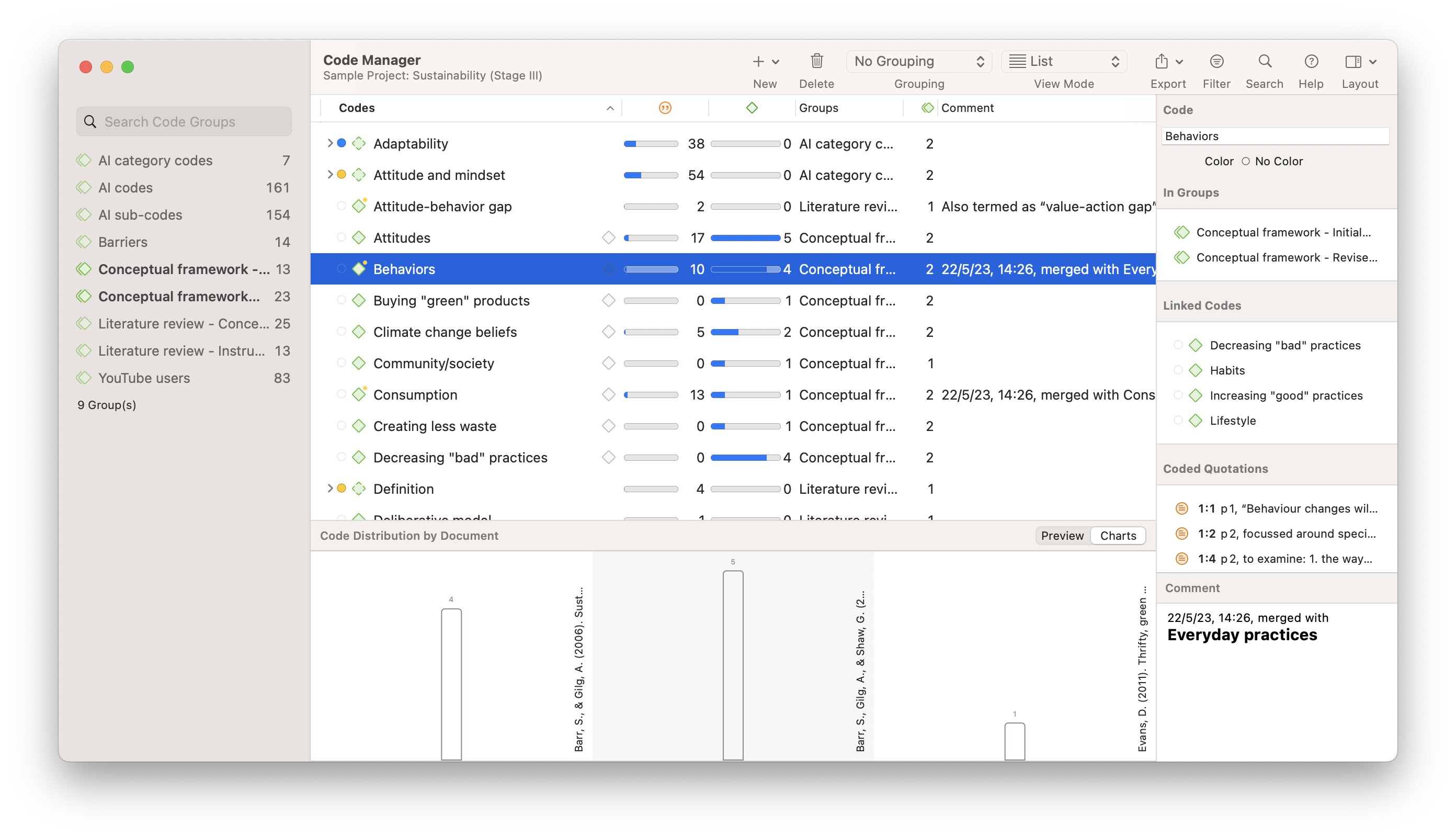
QDA software can help address these issues. It allows for a clear audit trail of coding decisions, providing transparency and improving the accountability of the research. Some software also offers inter-rater agreement features, facilitating the comparison of coding between different researchers and thus enhancing credibility.
Difficulties in data visualization and interpretation
Qualitative research often deals with abstract themes and patterns, which can be challenging to visualize and interpret. QDA software has tools for visualizing data patterns, connections, and hierarchies. This can include functionalities for creating models, charts, or graphs based on coded data, allowing for better data interpretation and communication of findings.
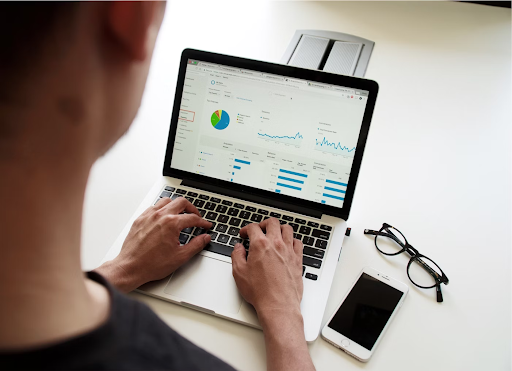
Challenge of integration and synthesis of data
Researchers often grapple with synthesizing different types of qualitative data or integrating qualitative and quantitative data in mixed methods research. QDA software can aid in the integration and synthesis of diverse data types. It provides tools to link different types of data (like text, audio, video), interrelate findings from various data sources, and, in some cases, integrate qualitative data with quantitative data.
The issue of transparency
The qualitative research process requires a high degree of transparency for others to build on or audit the research. This becomes complex due to the volume and diversity of the data and the multiplicity of analytical steps. QDA software can help enhance the transparency of research through features that help to systematically document the research process, including data collection, coding decisions, and analytical reasoning.
Qualitative software
Data analyzed typically include a huge variety of formats and usually consist of interviews (stored in audio, video, or written records) or questionnaires. The desired information is extracted from the collected data with various techniques and analyzed for trends and other features.
In quantitative research, this leads to quantitative analyses of the data, such as statistical analysis. This approach is used in several fields of study, including nursing, medicine, education, business, and the social sciences and humanities. This list is not exhaustive, as analysis is common in many disciplines, both in and out of scientific research.
Quantitative researchers have long relied on software to carry out their analyses, and qualitative researchers also have a host of digital tools they can count on to facilitate their analyses. Researchers may analyze data from focus groups to uncover perspectives of groups of people, while marketers analyze customer data in order to identify accurate insights regarding products or services.

Objectives and applications
Processing vast amounts of data, coding your original data sources, keeping track of interrelations, and even visualizing their importance in your coding scheme is best accomplished by using dedicated qualitative analysis software. ATLAS.ti is arguably the most powerful of the available qualitative analysis software packages today.
While the use of a full-blown qualitative analysis software package may not be considered necessary in some cases (e.g., to code only a few interviews), the use of such research software allows researchers to play around with their data and quickly familiarize themselves with the package to code confidently. And let's not forget that any kind of analysis, including qualitative data analysis, is time-consuming, so learning to use specialized software can be a valuable investment for your future research needs.
Coding, a crucial stage of qualitative data analysis, can be much less tedious and time-consuming when carried out with the aid of a qualitative analysis software package. And although it may take some time to get acquainted with a proper qualitative analysis software package to code qualitative data electronically, this effort usually more than pays off in the long run.
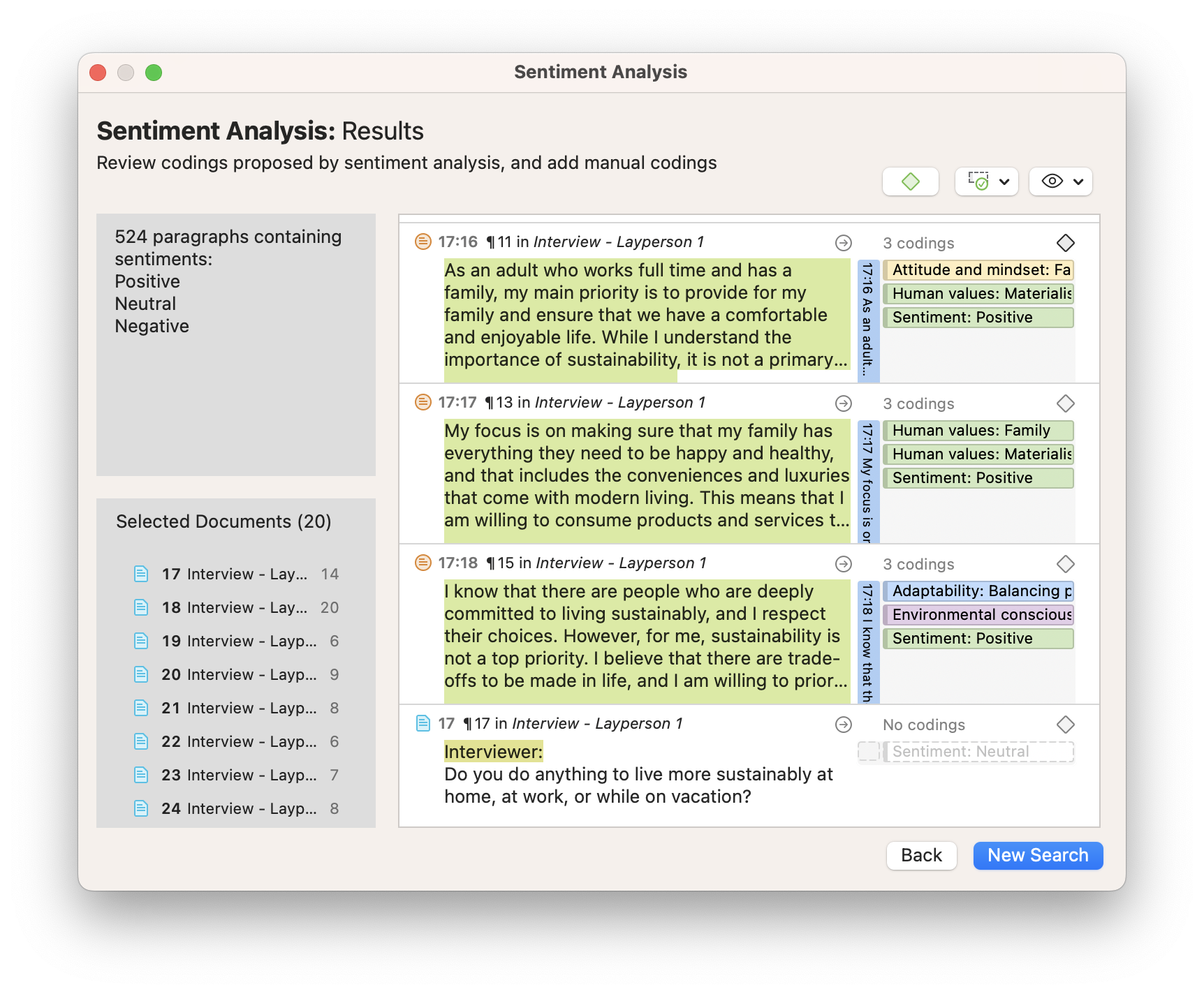
Choosing the right QDA software
There are countless considerations for the various software packages available for your data analysis. Let's look at a few of the key considerations.
Alignment with research objectives and methodology
One of the most important aspects to consider when selecting a QDA software package is whether it aligns with the specific objectives and methodology of your research. Different QDA software has different strengths.
For example, some software may excel in handling large datasets, while others may be more geared toward visual data analysis. Review the features and capabilities of the QDA software, understand how they align with your research requirements, and choose accordingly.
Ease of use
The user-friendliness of QDA software plays a significant role in its effectiveness. A steep learning curve can be a significant hindrance, especially in time-sensitive research projects.
Moreover, a useful software package should be available for use across multiple operating systems. When researchers use multiple devices for their research, it's important to ensure that data analysis can seamlessly take place regardless of device or context.

Consider software that has an intuitive user interface, clear instructions, and accessible learning resources like tutorials and guides. It might be beneficial to trial the software or view demos to ensure that the interface and the operational logic are understandable and manageable.
Coding capabilities
Coding is fundamental to qualitative data analysis, so the software's coding capabilities should be carefully considered. You need to check whether the software offers a variety of coding options that suit your needs, such as creating inductive codes, importing deductive codes, generating in vivo codes, and so on. For instance, if you are following the grounded theory methodology, you can check how the software can be used to conduct open, axial, and selective coding.
A good software package should also allow for easy modification and reorganization of codes. Features such as auto-coding and code frequency analysis can also enhance your analysis process.
Tools that can conduct sentiment analysis and comparative analysis are useful when extracting insights from textual data, which can help researchers in all areas, from academic discourse research to commercial market research. In other words, the best software for qualitative text analysis has the most relevant tools for coding your data systematically and efficiently.
Data management features
Effective data management is a crucial part of qualitative research. The ideal QDA software should enable efficient organization, storage, and retrieval of data. It should support a wide range of data formats, such as text, images, audio, and video files.
The capability to cross-link different types of data can also be very beneficial. Moreover, software that allows the use of filters or search functions to quickly locate and retrieve specific data or codes can greatly streamline the research process.
Data visualization tools
Visual representation of data can be a powerful tool for understanding complex patterns and relationships. QDA software that provides robust data visualization options, like graphs, models, or network diagrams, can be beneficial for interpreting and communicating your research findings.
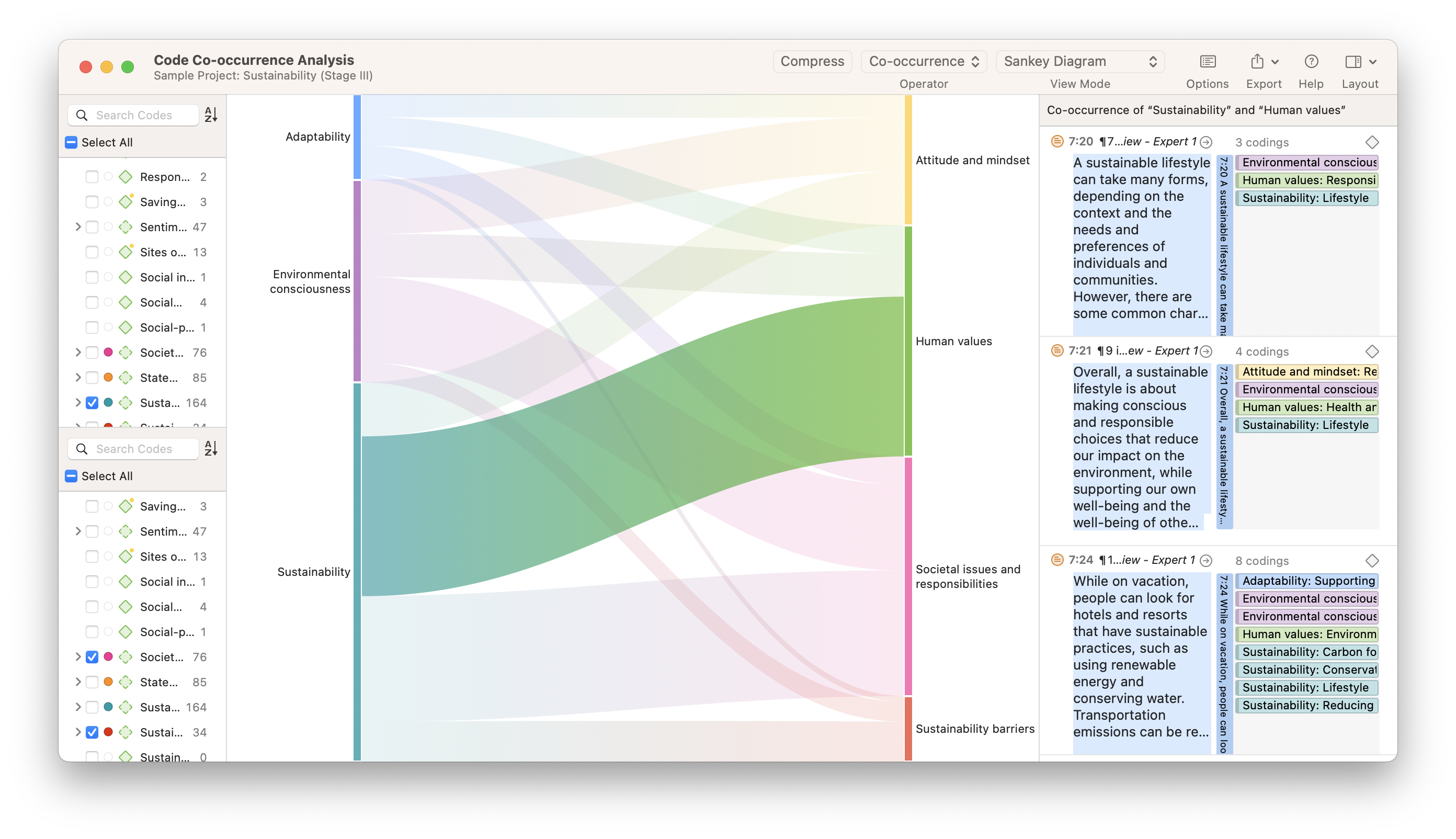
Ensure the software can visualize data in a way that aligns with your analytical needs. Additionally, you can check if the software you employ can export data seamlessly to other programs like Microsoft Excel that can generate data visualizations that are useful to you.
Integration with other software
The ability to seamlessly integrate with other software can be a crucial factor in choosing QDA software. Many researchers use a variety of tools for data collection, data cleaning, qualitative and statistical analysis, and report writing.
A good software package should also be able to interface with statistical analysis software such as SPSS and reference management software like Zotero. Researchers tend to use different programs to address aspects of their research agenda (e.g., writing the report, creating the presentation, or conducting statistical analyses in mixed methods studies), so it is important that the software they choose can seamlessly import data from or export data to all of the programs the researcher uses.
Inter-rater agreement features
Inter-rater agreement can powerfully bolster the trustworthiness of the findings. If your research involves multiple coders, you may want to consider QDA software that allows for comparing and analyzing the consistency between different coders. This feature can be very useful to verify coding systems or triangulate findings.
Software support and community
Good customer support and an active user community can be extremely valuable, especially when encountering difficulties or when learning how to use new features. Software with a responsive support team and a vibrant user community for knowledge exchange is likely to provide a smoother user experience.
Budget considerations
Budget constraints are a reality for many researchers. While there are high-cost, high-feature options, there is also affordable or even free QDA software that offers a decent range of features suitable for many research projects.
The key is to balance your budget with your needs. Be mindful that some software requires subscription fees, which might not be sustainable in the long term for some projects.
The utility of qualitative analysis software
Software can save great time and effort in relatively mechanical processes of research. There are many dedicated programs of various kinds available to social researchers that can be used for a variety of different tasks.For example, software could locate particular words or phrases; make lists of words and put them into alphabetical order; insert key words or comments; or count occurrences of words or phrases.
In addition, qualitative analysis software can facilitate data management, analysis, and visualization. Harnessing such tools can make research not only more efficient but also more flexible by making it easier to explore different angles in the data.
Limitations of data analysis software
Some analysis software will retrieve text, analyze text, and help to build theory. Although a computer can undertake these mechanical processes, it cannot think about, judge, or interpret qualitative data.
While automated text analysis tools are improving at breathtaking speeds, they may have limitations with handling certain complex analytical processes, such as the nuanced consideration of cultural factors or the dynamism of human emotions. Using such tools also requires careful input and regular monitoring to ensure accurate coding and categorization, as automated processes can make mistakes or overlook subtleties.

Despite the many advantages QDA software offers, it's important to remember that it is a tool, not a replacement for the human researcher. While software can help manage and code data, the process of interpretation – of identifying patterns, making connections, and extracting meaning – is distinctly human. The researcher's subjectivity, intuition, and understanding of context are key elements in qualitative research, shaping rich, nuanced insights that software alone cannot produce.



